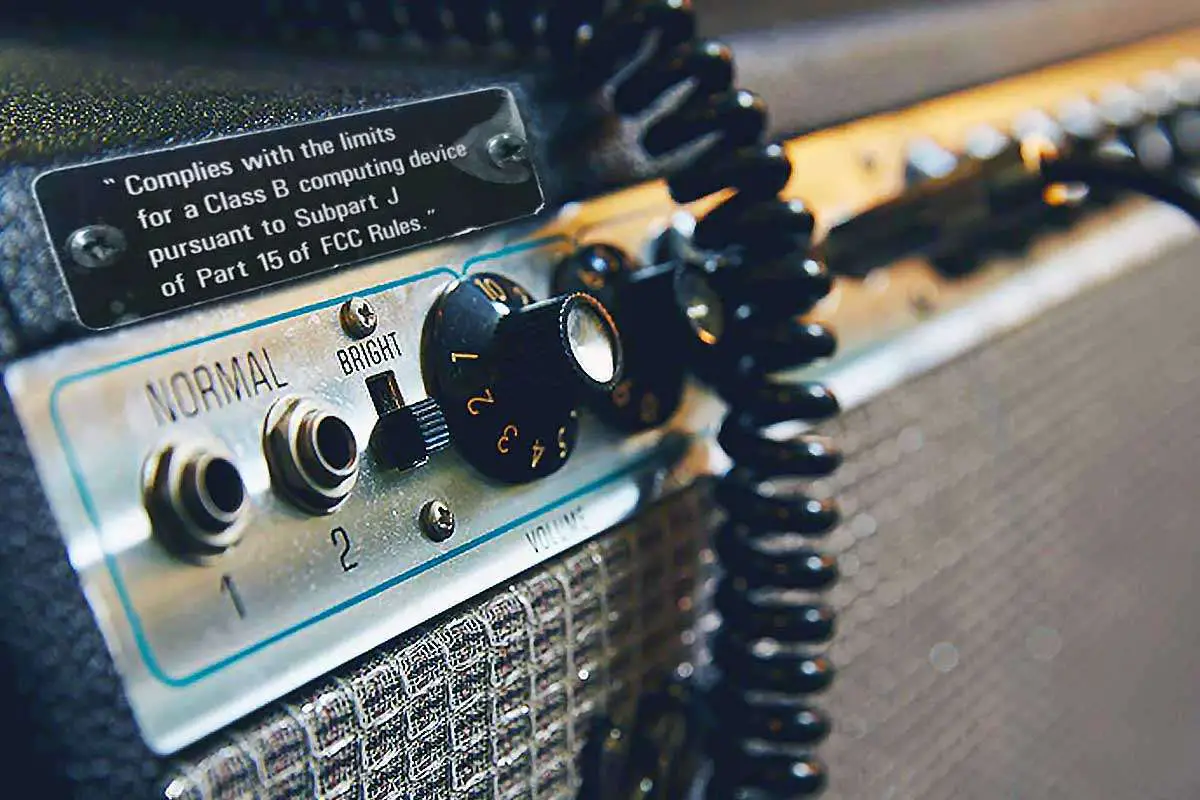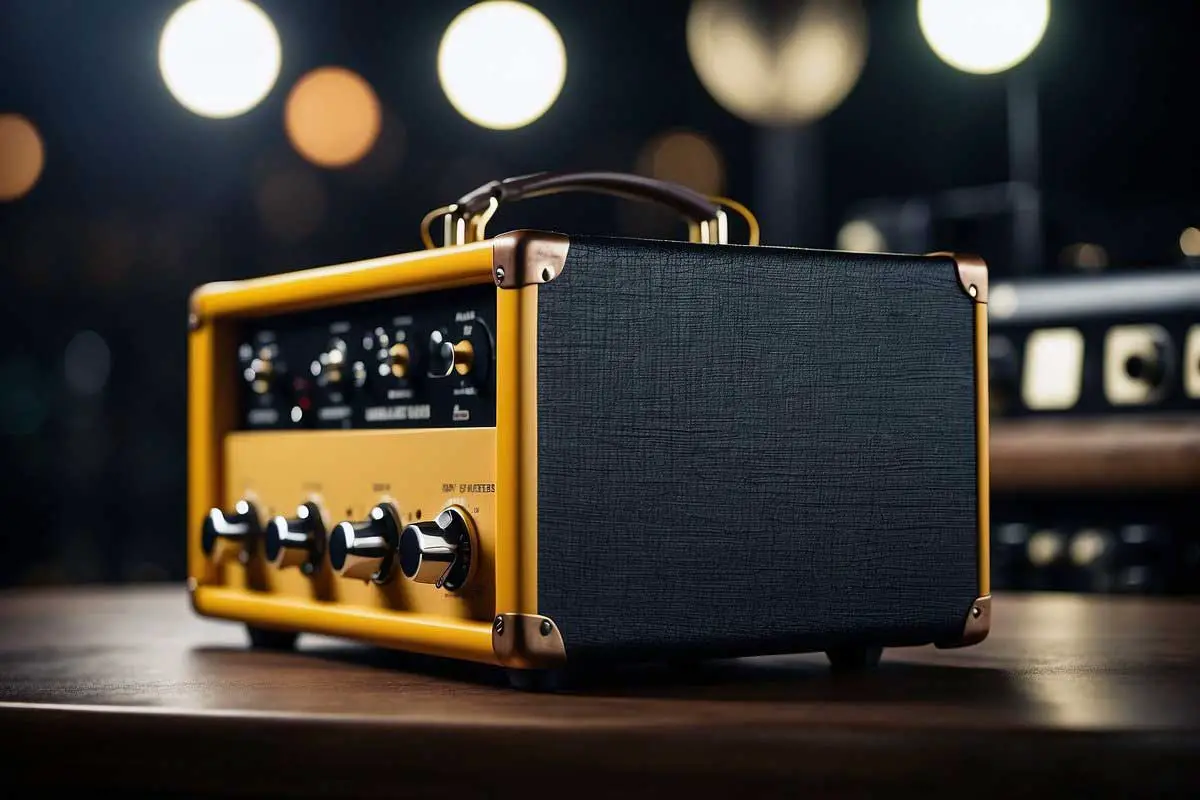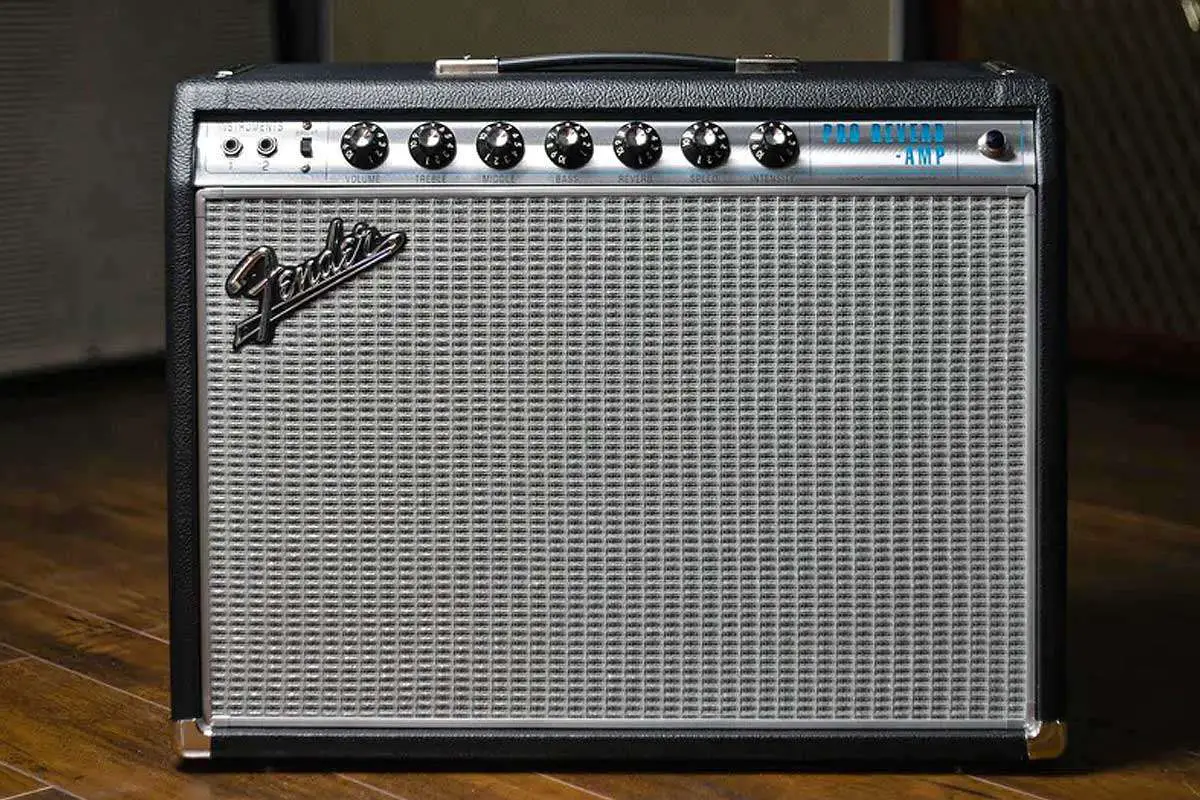Understanding the nuances of guitar amplification starts with navigating through different types of amplifiers, especially when assessing their impact on your sound. A Class B amplifier is a type of electronic amplifier that stands out due to its specific mode of operation, which affects the tone and performance aspects of guitar sound. Amplifiers, in general, are crucial in electric guitar setups, serving to boost the weak signals from the guitar’s pickups to a level that can drive speakers and produce sound.
Your interest in guitar tone might lead you to the classification of amplifiers, where Class B amplifiers play a distinctive role. Unlike Class A amplifiers, which amplify signals continuously, Class B amplifiers only amplify half of the waveform and are therefore considered more efficient. This efficiency comes with a trade-off in the form of crossover distortion, a phenomenon that occurs when there’s a switch from amplifying one half of the waveform to the other. While this might seem like a drawback, for some musical styles, this characteristic could add a desired edge to your guitar tone.
As you dive into the realms of guitar electronics, it’s evident that each amplifier class brings its unique sound signature. Understanding how a Class B amplifier operates helps you make an informed decision when seeking that perfect sound for your guitar. Given their efficiency and the distinct tonal qualities they can inject into a guitar’s sound, Class B amplifiers are a component worth considering in customizing your sonic palette.

Fundamentals of Class B Amplification
When discussing Class B amplifiers as they relate to your electric guitar, the focus is on the balance of power efficiency and distortion. Understanding how these amplifiers work gives you insights into their performance characteristics.
Basic Principles of Operation
Class B amplifiers operate using two transistors, where each transistor is responsible for amplifying one-half of the audio waveform. During operation, one transistor amplifies the positive half of the waveform, while the other handles the negative half. This push-pull configuration enhances power efficiency since each transistor is active only half the time, which also reduces power waste.
Bias is a minimal concern in Class B amplifiers as these devices typically have no quiescent current when there’s no audio signal, significantly different from Class A setups. However, one notable issue with Class B design is crossover distortion, which occurs at the point where the audio waveform transitions from the positive to the negative half. Measures such as using carefully matched transistors can mitigate this distortion to an extent.
Comparison with Class A and AB Amplifiers
In comparison to Class B amplifiers, Class A models amplify the entire audio waveform using a single transistor. They are well regarded for their quality of sound due to a largely distortion-free output, but at the cost of high power consumption and low efficiency.
Class AB amplifiers strike a middle ground, combining the reduced distortion of Class A with the improved efficiency of Class B. They achieve this by slightly biasing the transistors, so there is a small amount of current at all times, thereby reducing crossover distortion yet retaining good efficiency.
As you explore amplifier classes, remember that the choice between them involves trade-offs. Class B amplifiers are typically chosen for their power efficiency, which makes them suitable for applications where battery life or heat management is a priority. However, be aware that although they are more power-efficient, the potential for distortion might lead you to consider Class A or Class AB amplifiers if sound quality is your primary concern.
In the realm of guitar amplification, each type of amplifier lends your instrument a distinct sonic character. Your decision will heavily rely on your desired balance between tone purity and efficiency. Each class has a place, depending on the context of your music and performance needs.
Related: What About Class D Amps
Design and Biasing of Class B Amplifiers
In guitar amplification, the Class B amplifier stands out for its efficient use of power, but it requires careful biasing to minimize distortion. Your understanding of its design will enhance its performance and audio quality.
Biasing Techniques
To ensure your Class B amplifier operates correctly, you must set a bias, which is essentially the positioning of the amplifier’s operating point. Unlike Class A amplifiers, Class B amplifiers do not have a transistor that’s always conducting. Instead, two transistors are used, each one conducting half of the waveform. The biasing technique involves setting the quiescent current at zero to prevent any transistor from conducting at idle, which significantly reduces power consumption.
Related: How to Bias a Guitar Amp
Push-Pull Amplifier Configuration
Your Class B amplifier likely utilizes a push-pull configuration, which means it has two active elements (typically transistors). One transistor handles the positive half of the signal, and the other handles the negative half. This design is preferred for its efficiency and power output. It’s essential to match these transistors as closely as possible for optimal performance. Additionally, a potentiometer can be included in the design for fine-tuning the bias.
Handling Crossover Distortion
Crossover distortion is a common issue with Class B amplifiers, occurring when the signal transitions from one transistor to another. To combat this, you can introduce a slight forward bias to the transistors, causing them to conduct just before the zero crossing of the signal—this technique is known as negative feedback. Incorporating capacitors can also help by filtering out any unwanted noise and stabilizing the operation of the amplifier.
Performance Characteristics
In evaluating the performance characteristics of Class B amplifiers, you should particularly pay attention to their power handling capabilities, efficiency in operation, and how they manage heat. Moreover, the fidelity of their output signal is crucial, particularly when applied to the specific context of guitar amplification.

Power Handling and Efficiency
Class B amplifiers are known for having high power efficiency. This efficiency stems from their operation method; only one half of the output stage conducts at a time, effectively reducing power wastage. Your Class B amplifier can handle significant load currents without using as much power as other amplifier classes. However, for maximum load power, you should ensure that your speaker or output load matches the amplifier’s specifications to avoid damage and ensure optimal performance.
Heat Dissipation and Thermal Management
Heat management is a critical aspect of Class B amplifiers. These amplifiers produce less heat comparatively during operation, as they have a conduction angle of 180 degrees, meaning that each transistor conducts for half of each cycle. Despite this, heat dissipation strategies are still needed due to the warm-up of components within the output stage. Effective thermal management is achieved through the use of heatsinks or fans, which prevent the amplifier from overheating and ensure reliable performance.
Output Signal Fidelity
The signal integrity is key for a guitarist seeking authentic sound reproduction. Class B amplifiers can introduce harmonics due to the crossover distortion inherent to their design. This distortion occurs because there is a brief moment when neither transistor is conducting. Even though some guitarists may find the coloration introduced by these harmonics desirable, it is typically an unwanted artifact. Your Class B amplifier should be properly biased and equipped with corrective circuitry to minimize this distortion and maintain output signal fidelity.
Applications and Considerations
When considering a Class B amplifier for guitar use, it’s important to weigh both the practical applications and the technical considerations. These will impact not only the quality of sound produced but also the efficiency and cost effectiveness of your audio system.

Guitar Amplification Specifics
A Class B amplifier is characterized by its two active elements conducting at opposite half-cycles of the waveform, meaning that one handles the positive signal while the other deals with the negative signal. This approach can lend itself to a specific concern for guitar amplifiers known as cutoff or dead zone, where the transition between the two halves can cause a small portion of the signal to not be amplified. This can result in some distortion, which may affect the audio fidelity for your guitar’s output. However, this characteristic sometimes adds a desirable texture for electric guitar sounds, depending on the genre and the guitarist’s preference.
Selection Criteria for Audio Systems
When selecting an audio system that includes a Class B amplifier, here are key factors to consider:
- Load Line Matching: Ensure the amplifier and speaker have matching load lines to avoid issues like saturation which can degrade sound quality.
- Cost: Class B amplifiers tend to be more cost-effective compared to Class A designs, primarily due to their higher efficiency.
- Speaker Compatibility: Your choice of speaker should not only match the load line but also be capable of accurately reproducing the dynamics of your guitar’s signal without distortion outside of the cutoff region.
